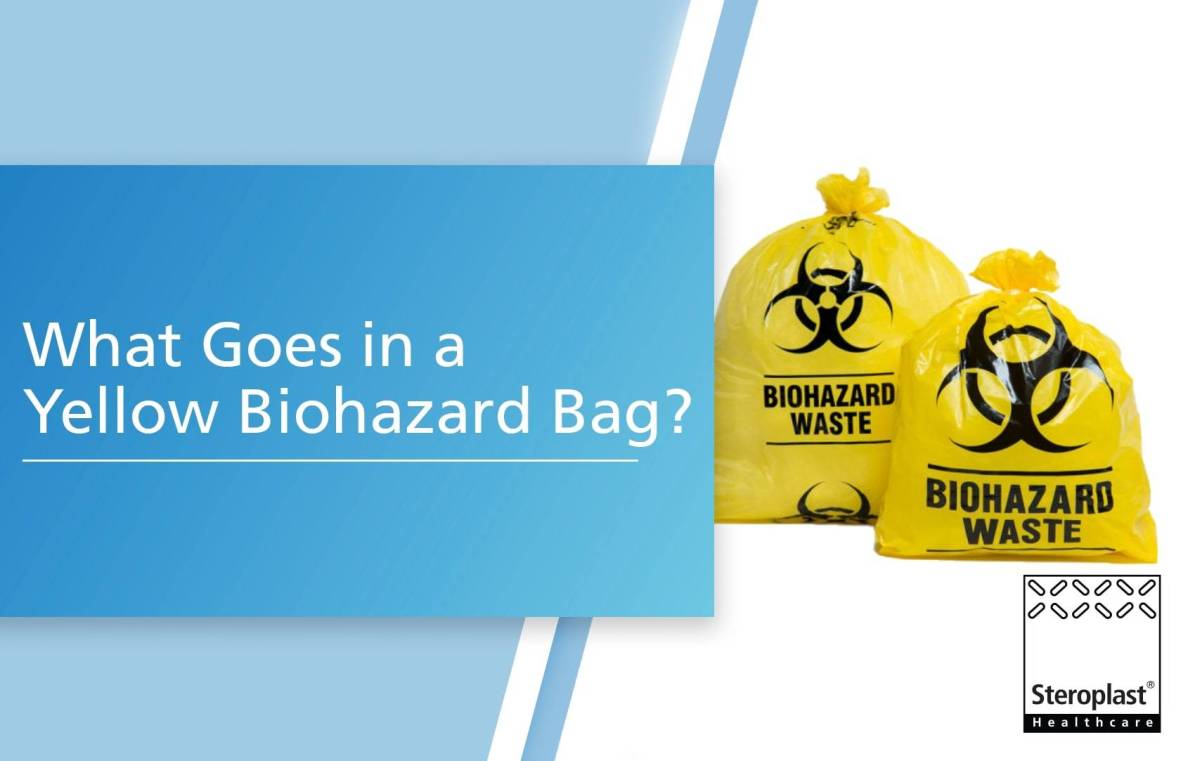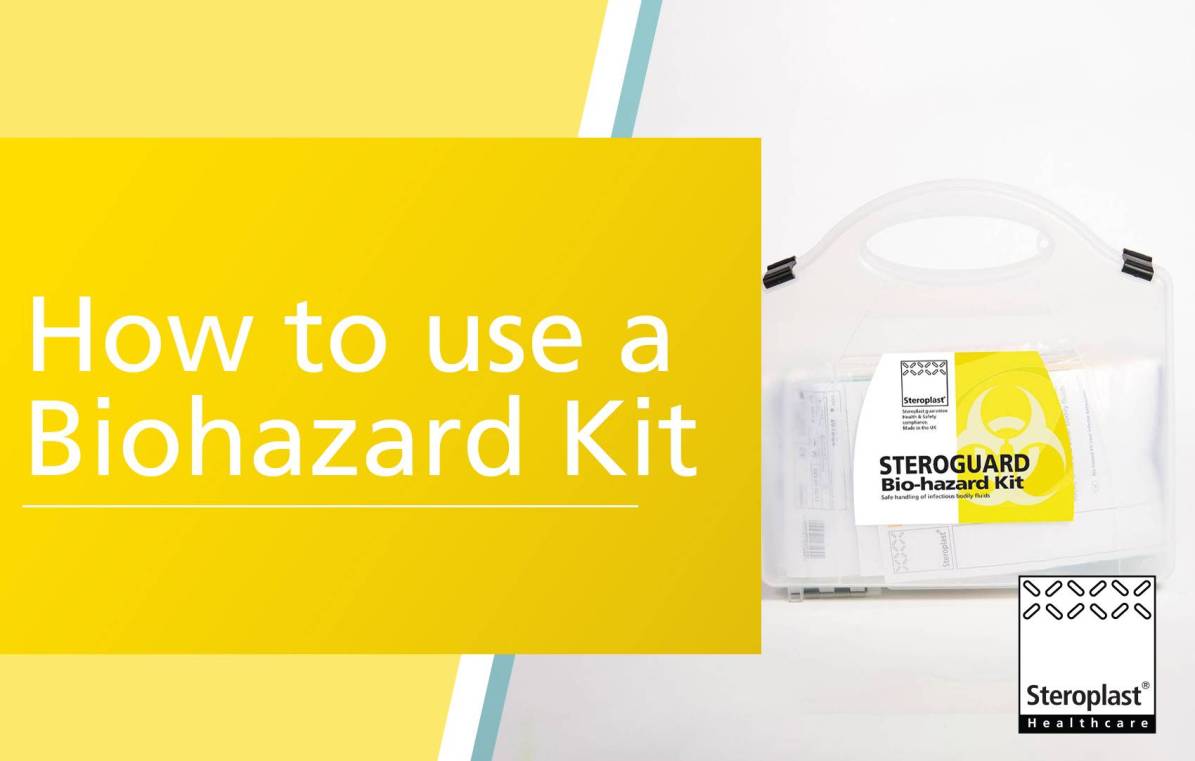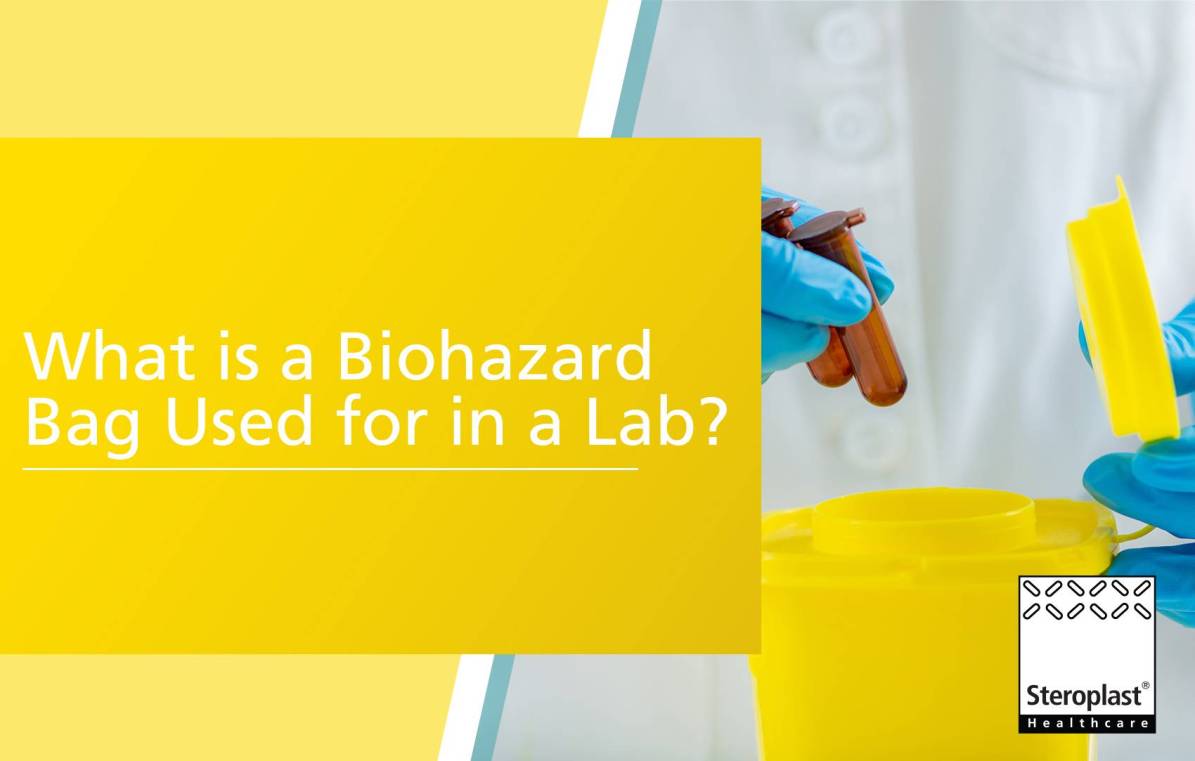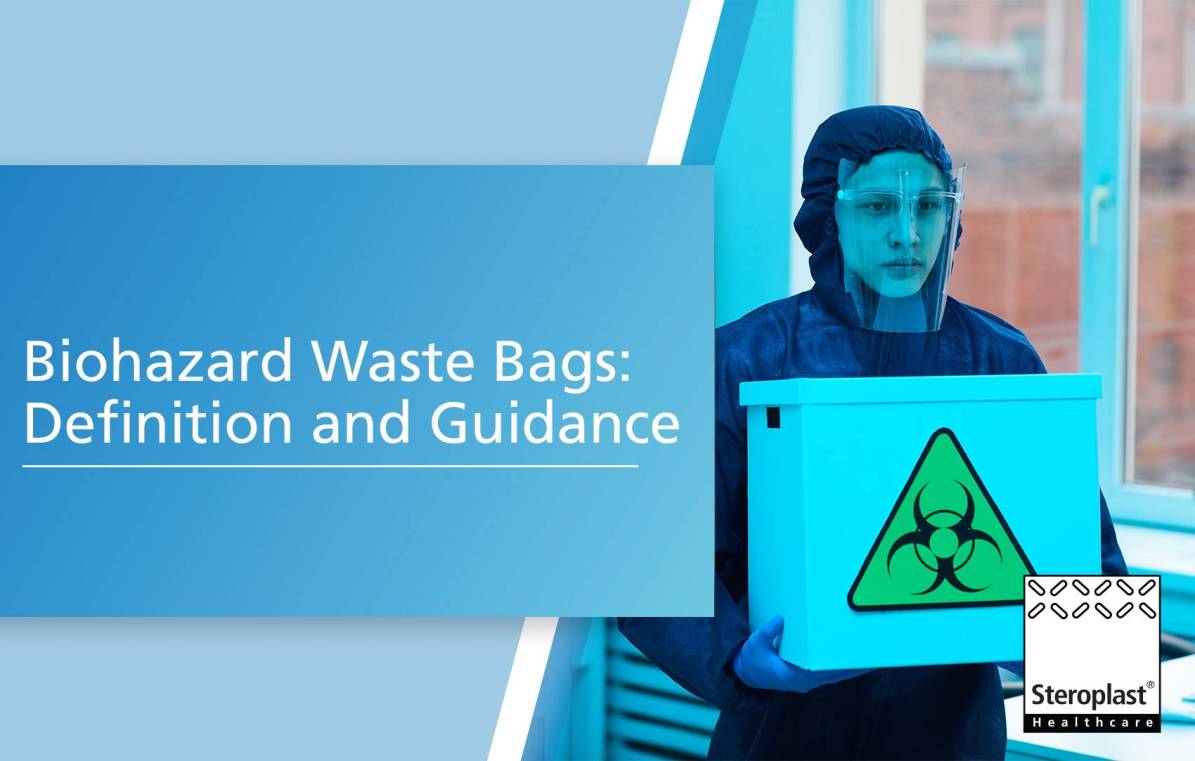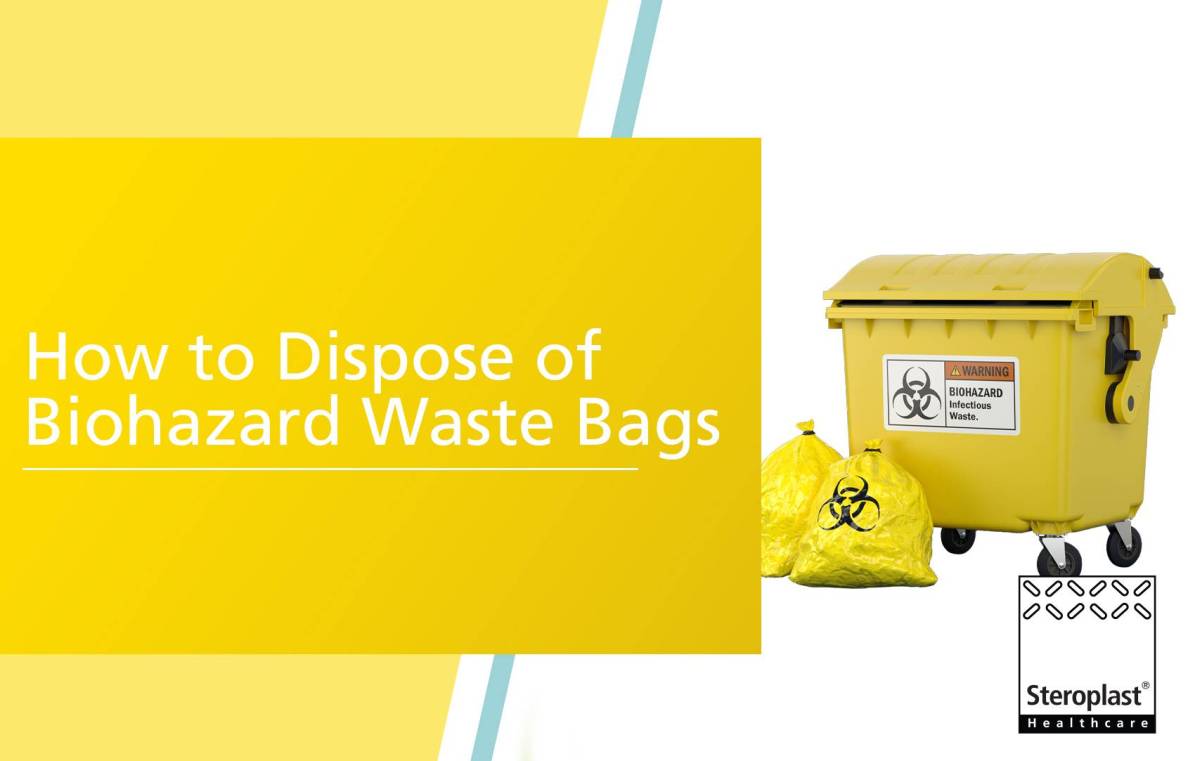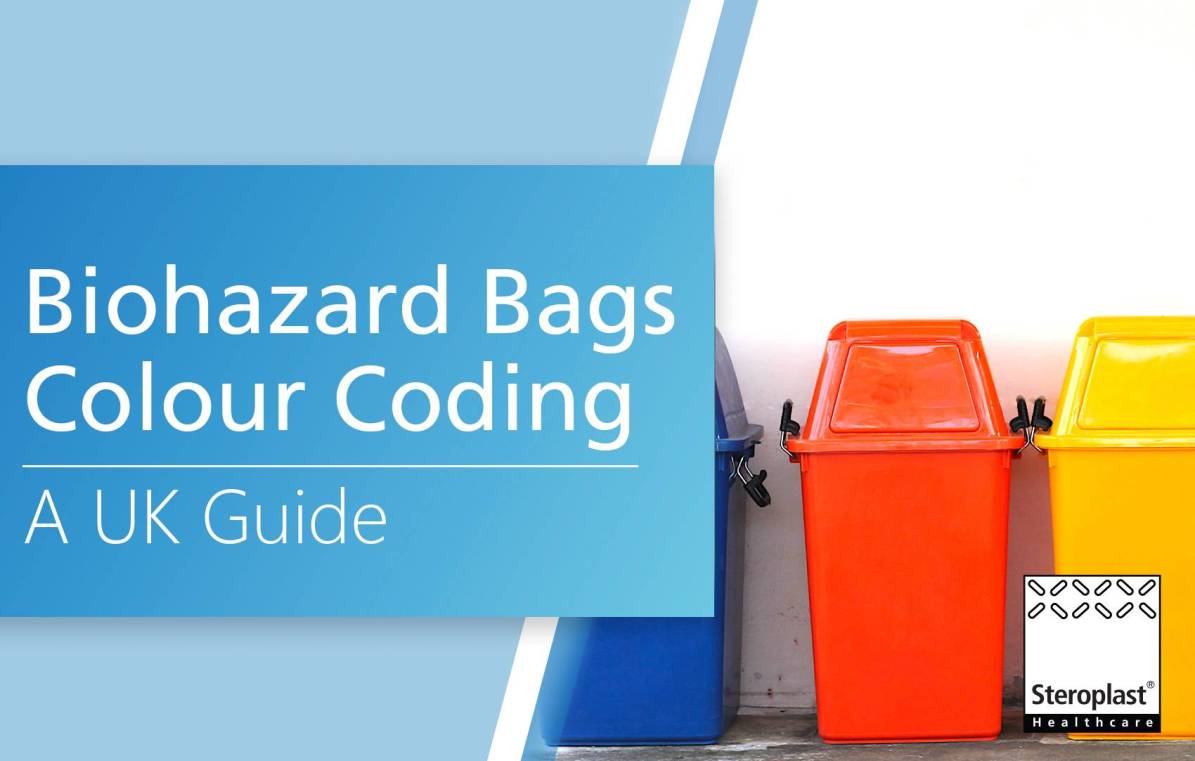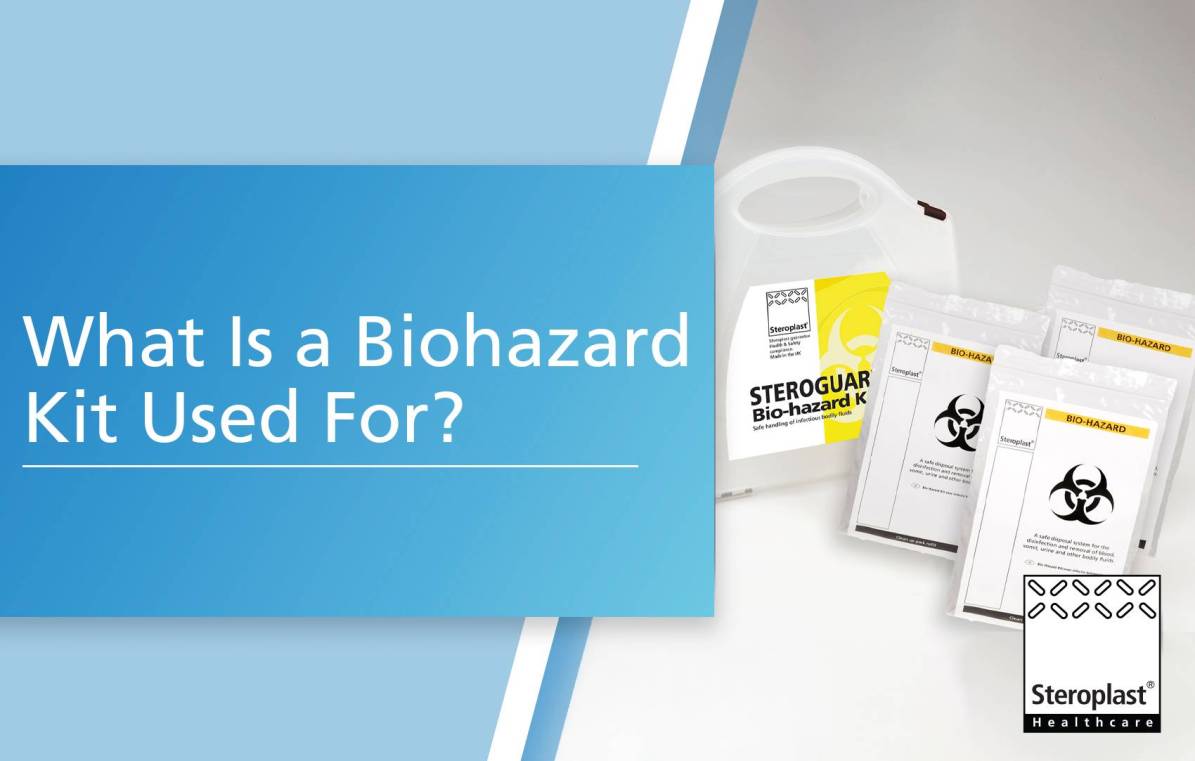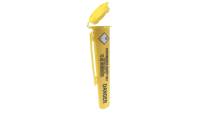What Goes in a Yellow Biohazard Bag?
Yellow biohazard bags are designed to help us deal with high-risk, infectious material that could harm people, animals, and plants if not disposed of responsibly. Find out what should and should not go into a yellow biohazard bag here.

What goes in yellow biohazard bags?
Yellow biohazard bags are used for the disposal of infectious waste, and materials that have been contaminated with infectious waste. When a patient has received medical attention such as dressing a wound or a medical exam, any porous equipment that cannot be sterilised used should be discarded into a yellow biohazard bag. A biohazard bag used for the collection of infectious waste should then be sent to be incinerated. Find out how to dispose of biohazard waste bags.
Yellow biohazard bags are used for what we consider to be potentially infectious waste, too. Even if the waste is not known to be infectious, for example, if a customer vomits in a restaurant, the waste should still be treated as infectious or potentially infectious, and a yellow bag should be used. Orange, blue, red, white, clear, and striped bags are also used for different types of medical waste. It’s important to know what biohazard bag colour coding means to properly dispose of waste that could be dangerous.

Here are the categories of waste, and examples of what goes in a biohazard bag:
Soiled medical equipment, for example:
- IV drips
- Used needles
- Swabs
- Dressings
- Sanitary towels and tampons
Infectious clinical material, for example:
- Blood
- Urine
- Faeces
- Semen
- Vaginal secretions
- Amniotic fluid
- Body tissue
- Animal remains
Pharmaceutical medicines and chemicals that have been contaminated with infectious waste, for example:
- Antibiotics
- Anaesthetics
- Antiseptic
- Unused vaccines
When disposing of sharp objects, like needles, a Sharps Bin must be used to make sure they do not pierce the biohazard bag. If you don’t regularly deal with biohazardous waste but need to use a biohazard kit to clean up some contaminated sharp material like broken glass, ensure it is well wrapped in newspaper, tissue, or blue roll.
Minimise the chance of tears and spills caused by sharp objects by stocking your business with good quality biohazard bags. Our clinical waste bags are made from thick, durable plastic and are UN-approved for use in hospitals, dental surgeries, laboratories, and any other business that might need to clean up biohazardous waste.
What Not to Put in a Yellow Biohazard Bag
You should only ever use yellow biohazard bags for infectious clinical waste. This is to ensure that all biohazardous waste is dealt with in the correct way and doesn’t put humans and animals at risk. Equally, there are some things that should never go into a yellow clinical waste bag and must be handled differently.
You should never put general household waste or recycling into a yellow biohazard bag. This is to avoid confusion and minimise the likelihood of cross-contamination and the spreading of infectious material.
Do’s and Dont’s for handling a Yellow Biohazard Bag
Make sure you follow protocols to keep contamination risks to an absolute minimum until the clinical waste is collected by a specialist biohazardous waste removal team.
- Designate a biohazard waste collection point so that staff can immediately remove biohazardous waste to this secure spot when needed.
- Ensure all staff know where the biohazard collection point is in order to avoid cross-contamination or compromising of biohazard bags.
- Make sure all biohazard bags are securely sealed shut before disposing of them at a collection point.
- Always wear full PPE (apron, gloves, mask or visor) when handling biohazardous waste. Stock up on Steroguard Bio-hazard Cleaning Kits which include everything you need to deal with a biohazard spill, including PPE, disposable cleaning tools, and a disinfectant spray.
- Always use Sharps Bins for sharp biohazardous waste, or wrap materials well before putting them into the biohazard waste bag.
Steroguard BIohazard Kit - Super Absorbent Powder | 1-minute demos
Watch our video where Andrew demonstrates exactly how to use a biohazard kit.
Visit our
Interactive First Aid Guide
Demystify workplace first aid & find out exactly what your business needs.
Please enter your details into the form below along with any questions or comments and a member of our team will be happy to provide you with more information:
